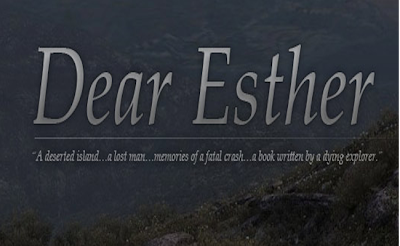
But they're fragmented, broken by static, and often don't make a lot of sense. The end of the world is repeatedly referenced, and the game's narrated by a sequence of conversations between Christopher and his doctor. So Korsakovia plays with the idea that you're never quite sure what's actually going on, and what's happened before. Which is an absolutely terrific premise for a horror game. It's a deep state of psychosis in which sufferers are unable to form new memories and struggle to determine between reality and fantasy. I've been doing a little reading into Korsakoff's and, well, it sounds bloody horrible. Korsakovia places you in the boots of Christopher, a sufferer of the rare Korsakoff's syndrome, in a psychiatric hospital. The answer, for me at least, is that you run a mile. The research mandate this time was to see how players respond to a nightmarish situation with minimal narrative cues, in a world where none of the antagonists resemble anything usually portrayed in a computer game. Both are very much mood pieces, but where Esther excelled through its slow, contemplative wandering, Korsakovia is twitchy and stifling. The change in atmosphere is the most immediately striking difference. Korsakovia's their new mod, again for Half-Life 2 (though Episode 2's required to play this one), and can be found here. Their last experiment was Dear Esther, which I think I've probably said enough about already.



This is the team of researchers at Portsmouth University, investigating new ways in which the first-person perspective can be used to generate different responses from the player. Which is to be kind of expected from The Chinese Room. In a sentence: it's just really messed up.


 0 kommentar(er)
0 kommentar(er)
